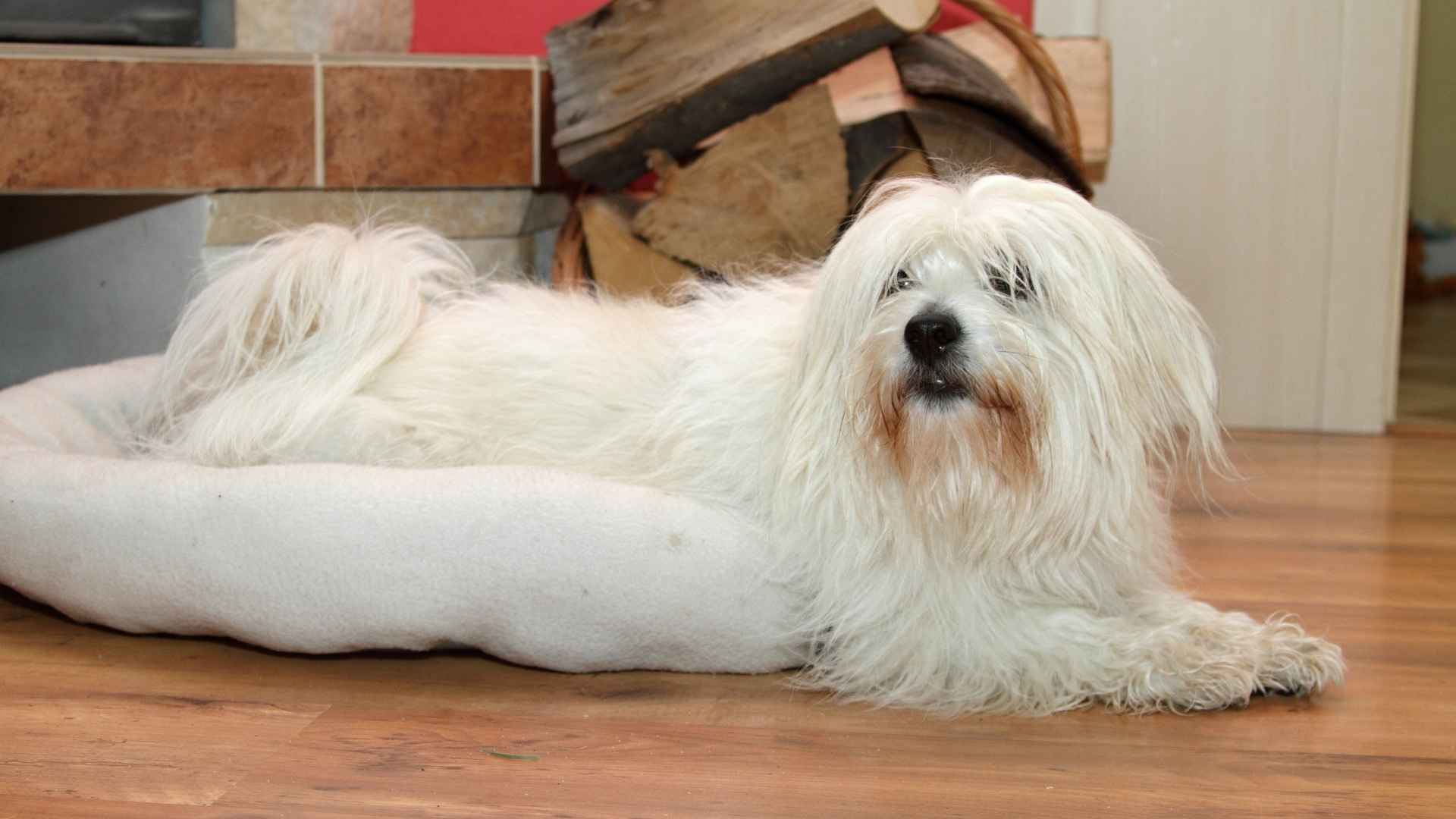Living in an apartment doesn’t mean you have to miss out on the joys of dog ownership—far from it. While sprawling yards and open fields might be ideal for some breeds, many dogs are perfectly content in compact spaces, as long as their needs for exercise, companionship, and comfort are met. For city dwellers or those in cozy condominiums, the key is finding a breed whose temperament and lifestyle match close-quarter living.
Interestingly, a dog’s size isn’t the only factor to consider. Some large breeds are surprisingly low-energy and adapt well to apartment life, while certain small breeds can be bundles of nonstop energy. What’s more important is choosing a pup that doesn’t bark excessively, gets along well with strangers and neighbors, and thrives with minimal outdoor access.
This article explores a unique angle: rare dog breeds that excel in apartment environments. These lesser-known companions not only bring charm and personality but also offer the joy of owning a dog that’s as distinctive as it is well-suited for your lifestyle. If you’re seeking a pup that stands out for all the right reasons, read on.
Rare Dog Breeds For Apartments
1. Russian Tsvetnaya Bolonka
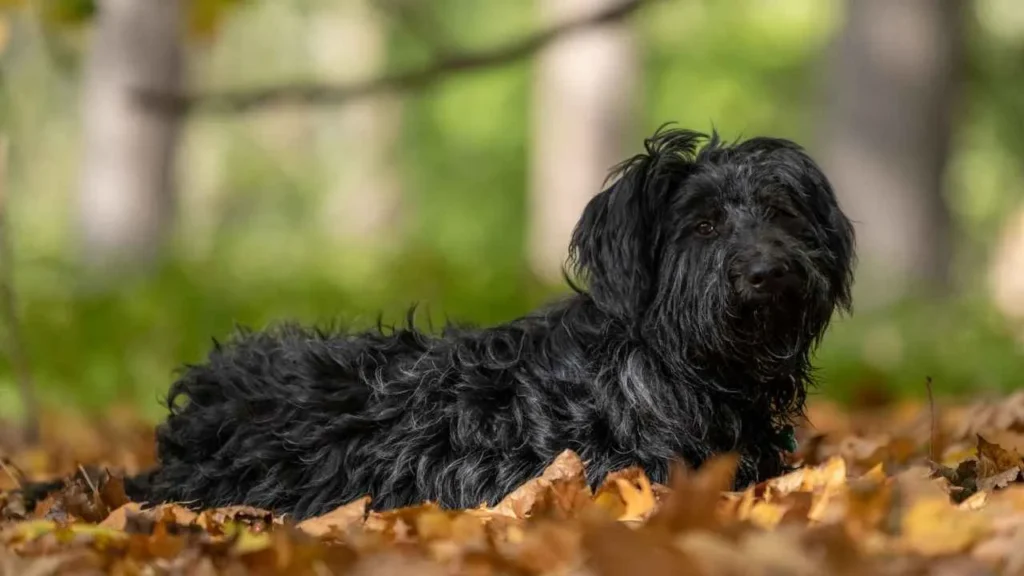
The Russian Tsvetnaya Bolonka, often affectionately called the Bolonka, Russian Lap dog, or Russian Colored Bichon, is a rare toy breed with aristocratic roots. Its lineage stretches back to the 18th century, when French toy breeds gifted by Louis XIV found favor among Russian nobility.
Later bred from small companion dogs like the Shih Tzu, Toy Poodle, and Bolognese, the Bolonka was developed specifically for apartment living. The AKC describes the Russian Tsvetnaya Bolonka as a playful, endearing, and curious breed. Standing at 9 to 10 inches and weighing around 4 to 11 pounds, this breed is compact yet sturdy.
With a wavy, hypoallergenic coat in various shades, expressive eyes, and a lively spirit, Bolonki are both elegant and endearing. Accepted into the AKC’s Foundation Stock Service in 2014, they are gaining recognition beyond their native country.
Care Needs
Bolonki thrive on companionship and dislike being left alone for extended periods. They need regular brushing, ideally several times a week, to prevent matting. Their facial furnishings often require daily cleaning, especially in dogs kept in a full coat.
Basic care should also include routine attention to nails, teeth, and ears. Training should be consistent yet gentle to prevent small dog syndrome and encourage their impressive trainability.
Fun Fact: This charming breed was nearly lost during the Soviet era and only revived in popularity after the Cold War.
2. Coton de Tulear
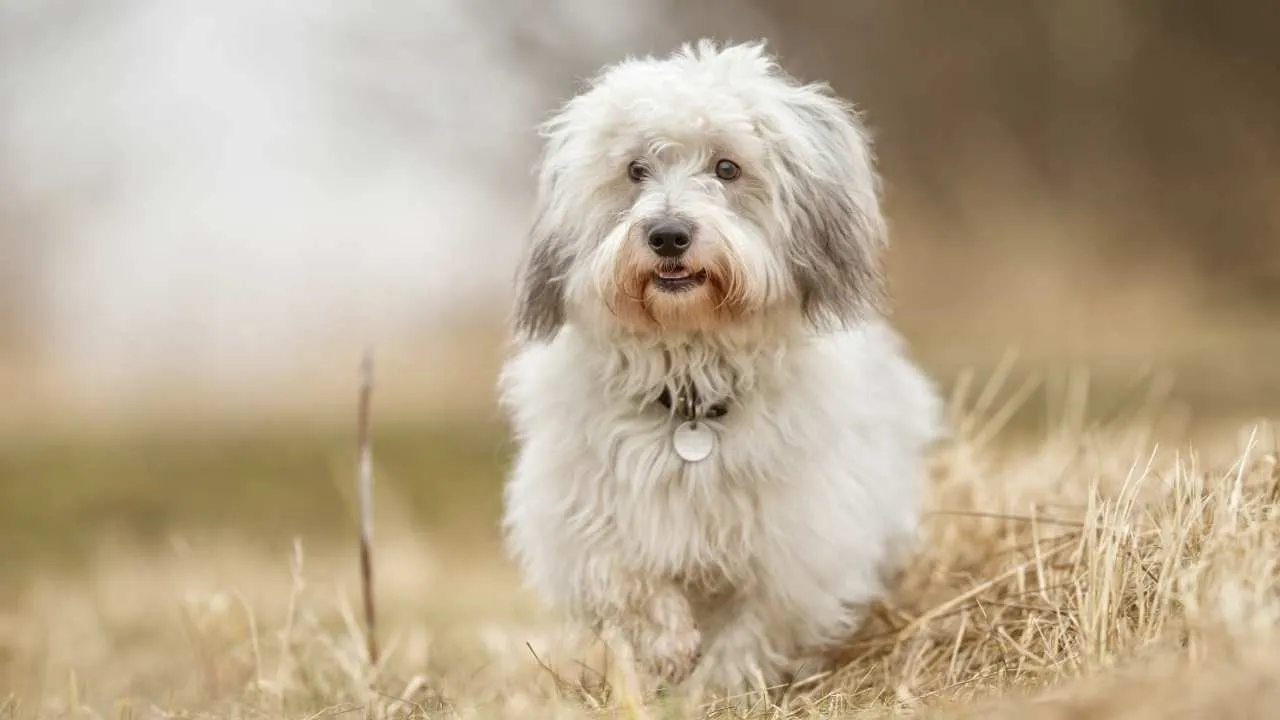
Nicknamed the “Royal Dog of Madagascar,” the Coton de Tulear is a rare and delightful toy companion with a silky, cotton-like coat and a spirited personality. WebMD describes Coton de Tulear dogs as cheerful and affectionate, making them easy to adore.
Historically reserved for Malagasy nobility, this breed was once so revered that commoners were legally barred from owning one. Compact and sturdy, the Coton typically stands 9 to 11 inches tall and weighs between 8 to 15 pounds—perfect for apartment dwellers or frequent travelers.
With a life expectancy of 14 to 16 years, this affectionate dog breed is built for companionship, bringing joy through playful antics and a unique sense of humor. Cotons are known for their expressive faces, soft coats, and the uncanny ability to walk on their hind legs to entertain their humans.
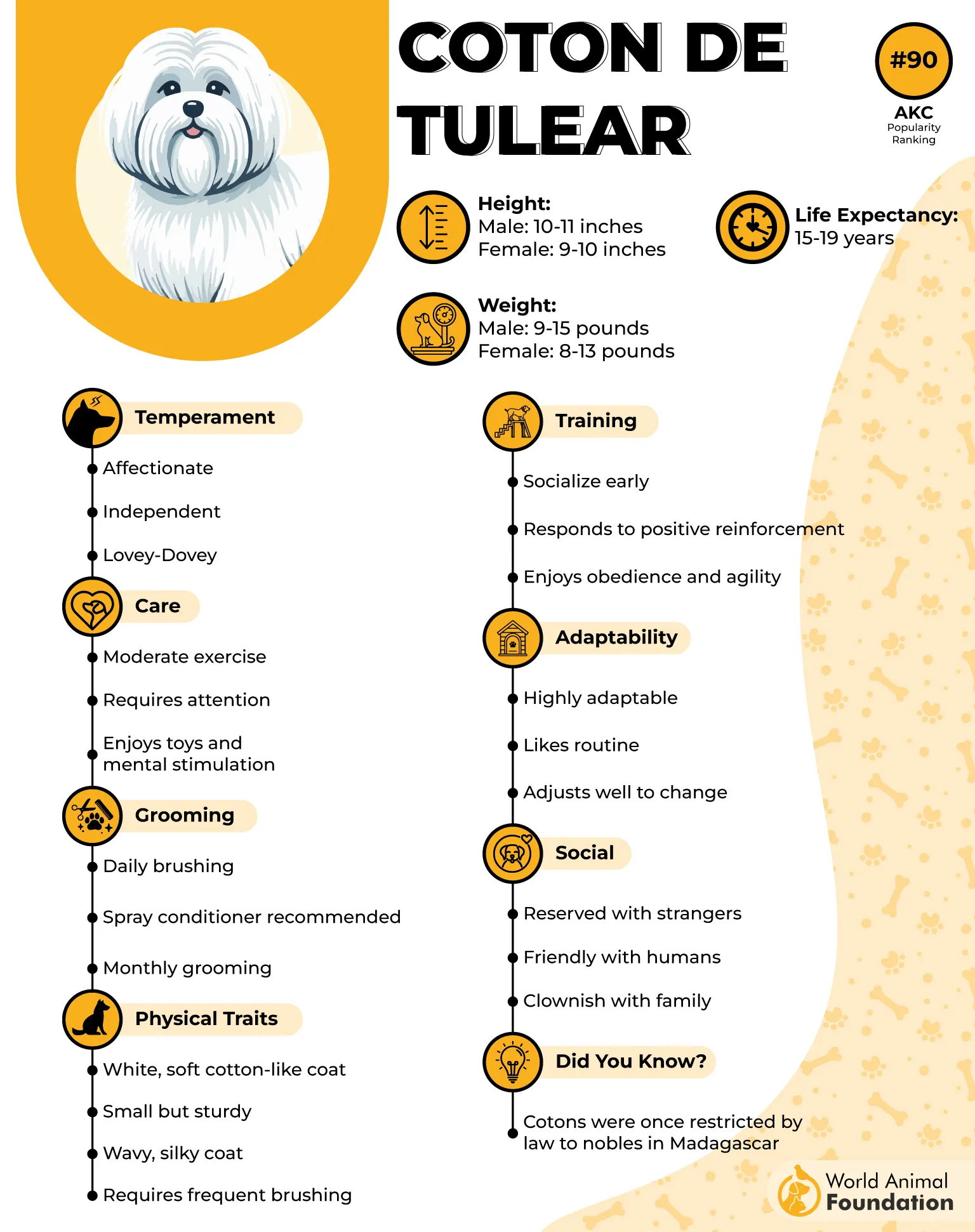
Care Needs
Daily brushing is essential to prevent matting in their dense, white coats. Regular grooming sessions and occasional baths keep them looking neat.
Though not overly energetic, Cotons need 30–40 minutes of activity per day, which can include walks or indoor games. Their affectionate nature also makes cuddle time just as important as exercise.
Fun Fact: Coton de Tulears have been adored by celebrities like Barbara Streisand and Catherine Zeta-Jones—and even boast a history of being off-limits to commoners in Madagascar.
3. Dandie Dinmont Terrier
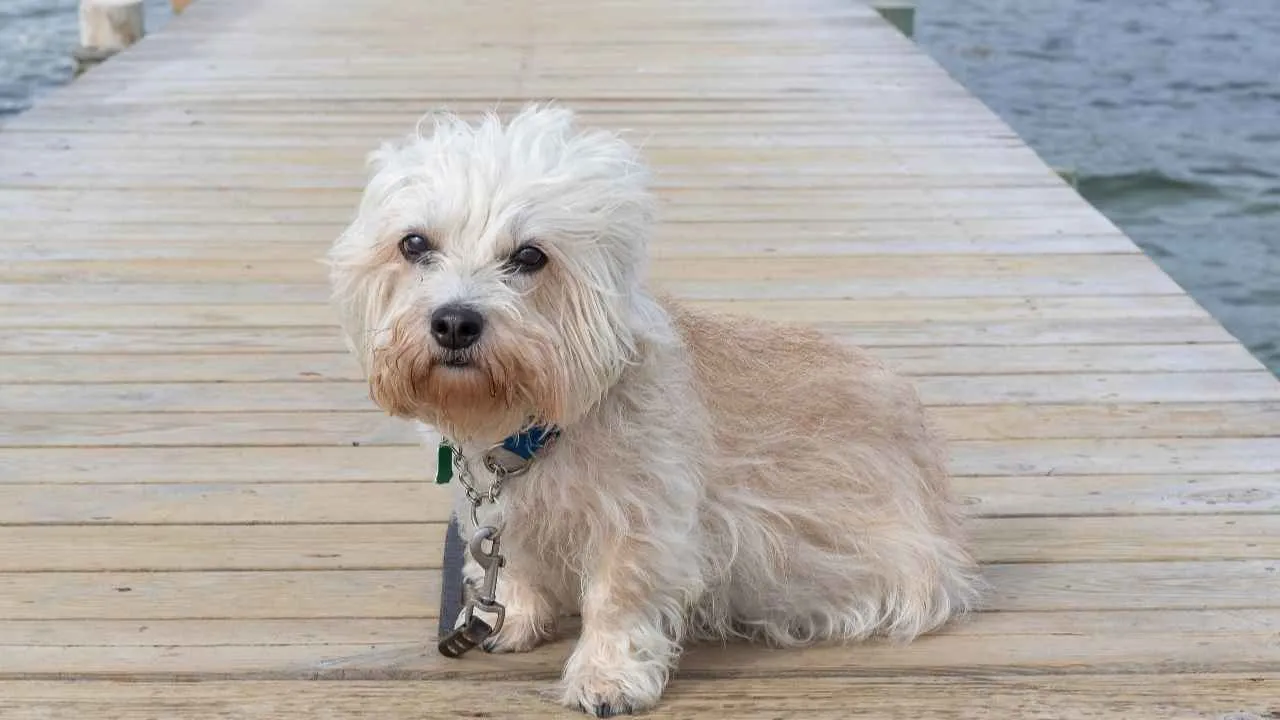
Originating from the border regions of England and Scotland, the Dandie Dinmont Terrier is a rare and regal breed with a unique look and laid-back temperament. PetMD notes that Dandie Dinmont Terriers are a small-sized breed known for their friendly nature and sharp intelligence.
Known affectionately as the “gentleman” of the terrier group, this small but sturdy dog measures 8 to 11 inches in height and weighs between 18 to 24 pounds.
Its hallmark features include a long, low-set body, short legs, a domed head crowned with a silky white topknot, and a double coat available in two distinct colors: pepper (blue-black to silver) or mustard (reddish-brown to pale fawn). With a life span of 12 to 15 years, the Dandie is as enduring as it is endearing.
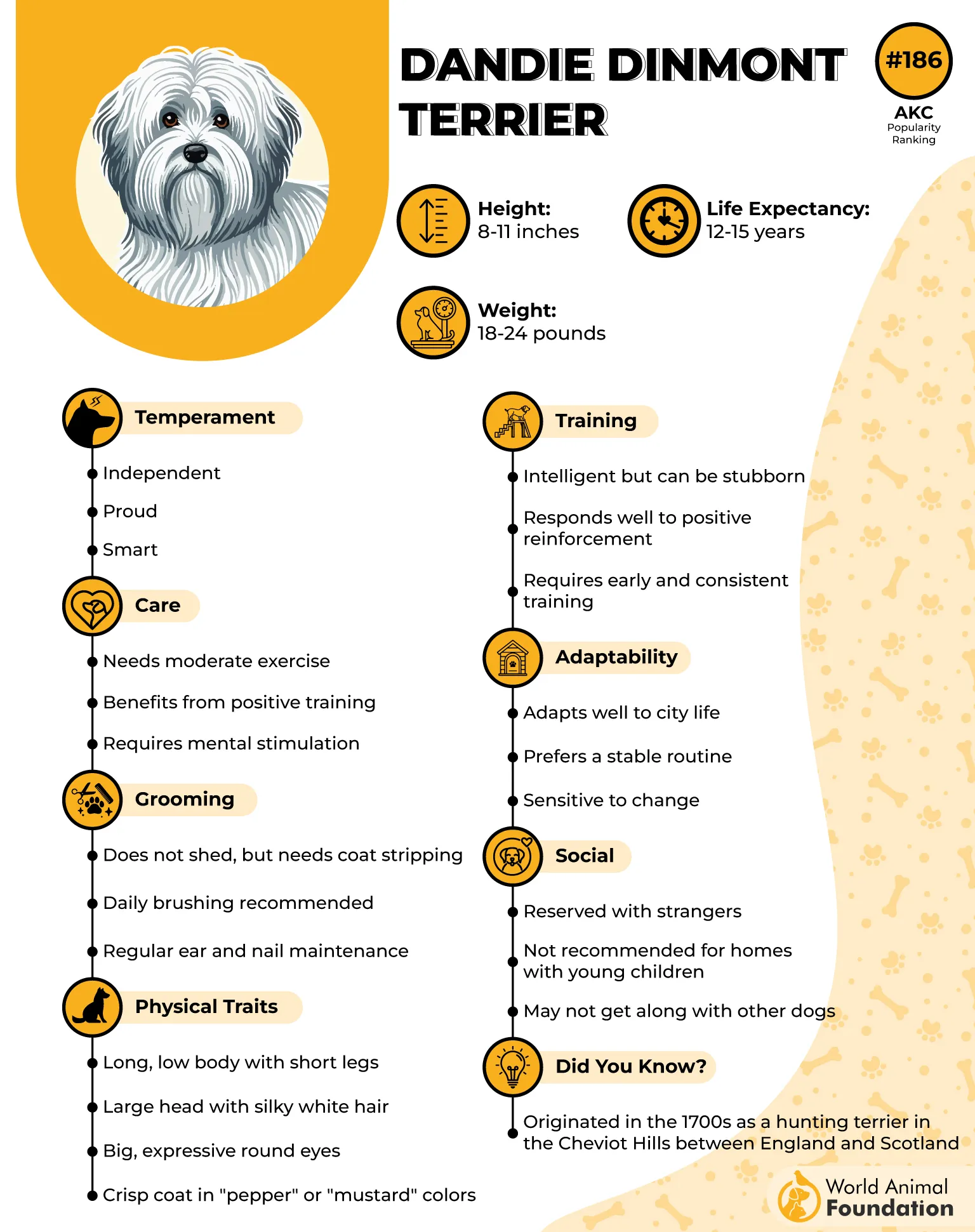
Care Needs
Dandie Dinmont Terriers have a gentle. These affectionate dogs require moderate upkeep. Brushing twice a week helps maintain their crisp coat, but they also need professional grooming about four times a year for shaping. Their exercise needs are minimal—a daily walk or light play session keeps them fit and content.
Despite their calm demeanor, they remain alert watchdogs and can adapt well to apartment living. Owners should be mindful of their long spine, which can be prone to disk issues, and ensure that the dog avoids frequent jumping.
Fun Fact: These gentle dogs are the only breed named after a fictional character from literature—a farmer in Sir Walter Scott’s novel Guy Mannering.
4. Bolognese
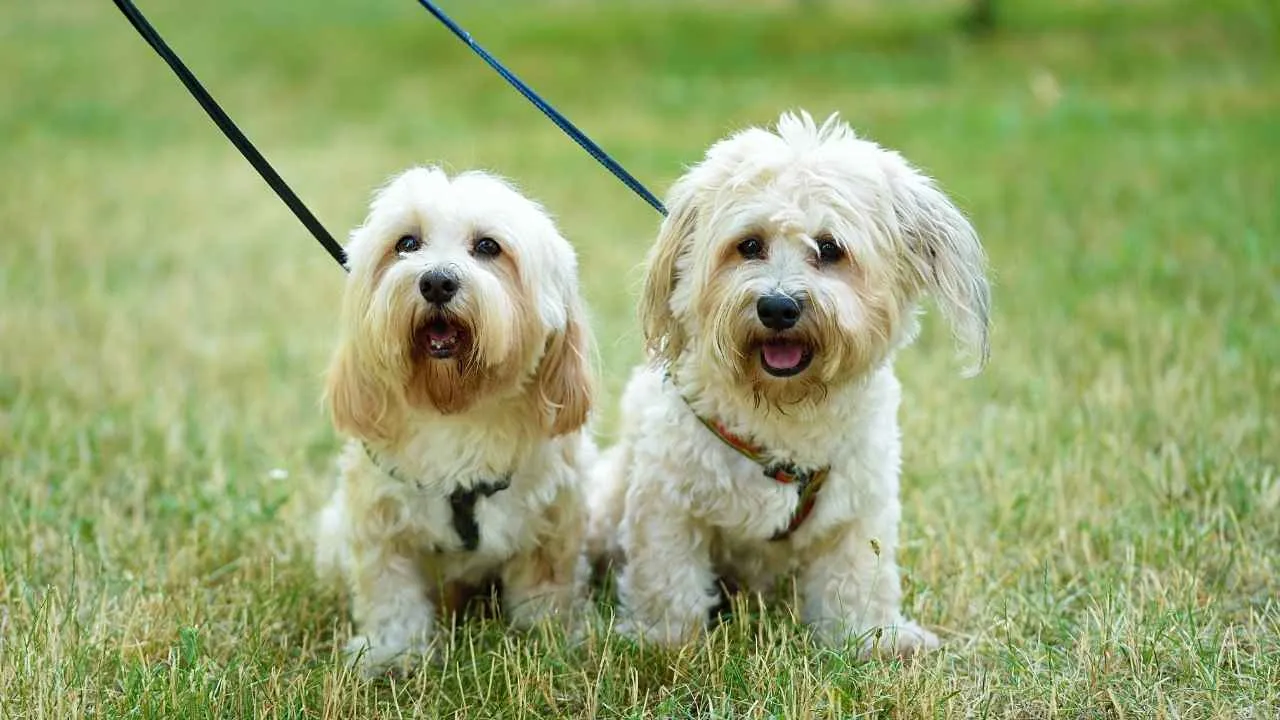
The Bolognese is a charming and serene companion dog, originating from Italy and closely related to the Bichon family. With its ancient lineage tracing back over 2,000 years, this breed once graced the laps of nobility, gifted among aristocrats as a symbol of prestige.
Typically standing 10 to 12 inches tall and weighing 5.5 to 9 pounds, the Bolognese boasts a sturdy, square build and a luxurious white coat with soft, wavy hair. These dogs are affectionate, loyal, and intelligent, traits that make them a rare gem among apartment-suitable breeds.
Calm yet playful, the Bolognese fits comfortably in quieter households where it can bond closely with its people.
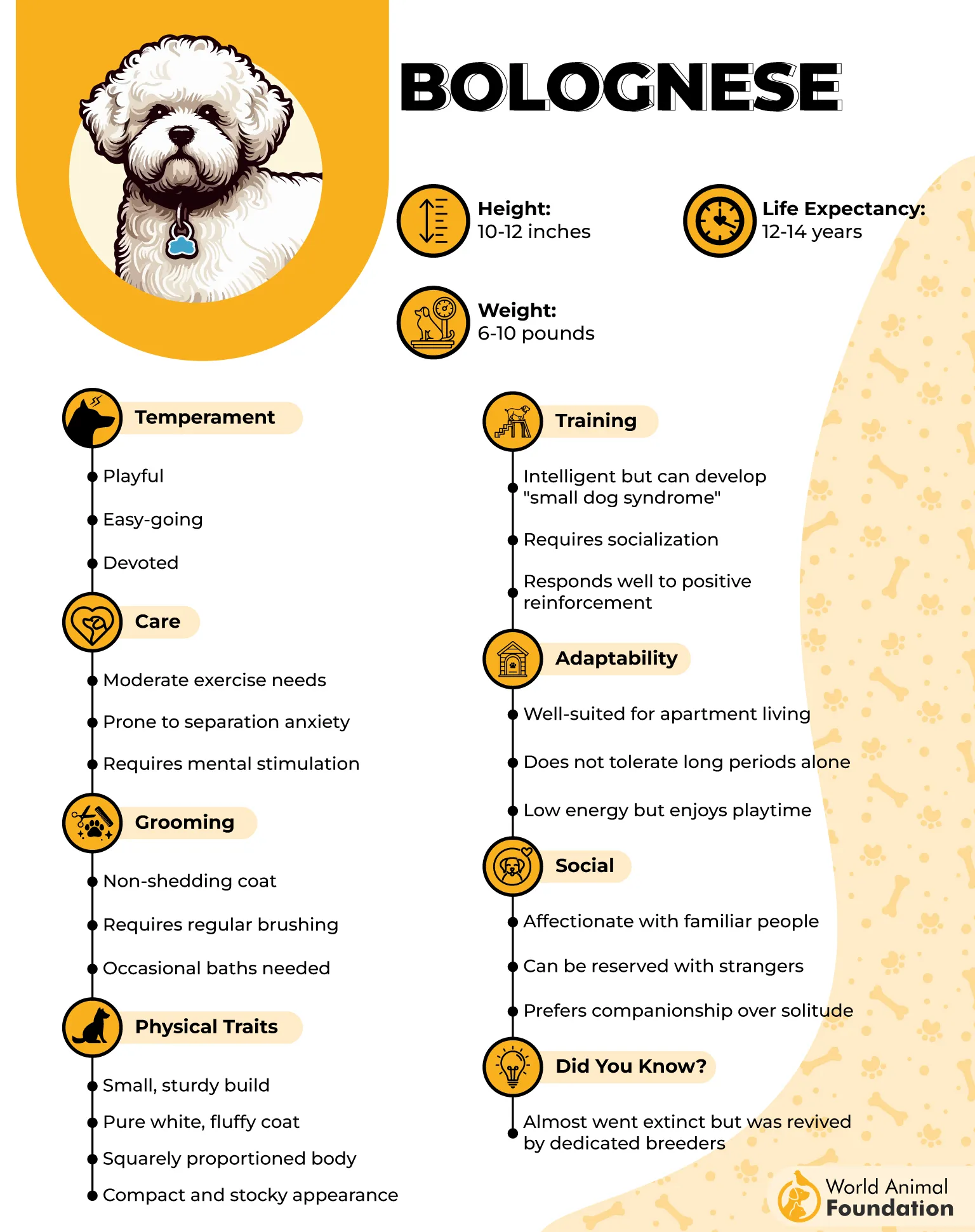
Care Needs
Though low-energy and content with short daily walks, these loyal dogs require consistent grooming. Their plush coat can mat easily, so regular brushing and occasional trims are essential to keep it looking its best.
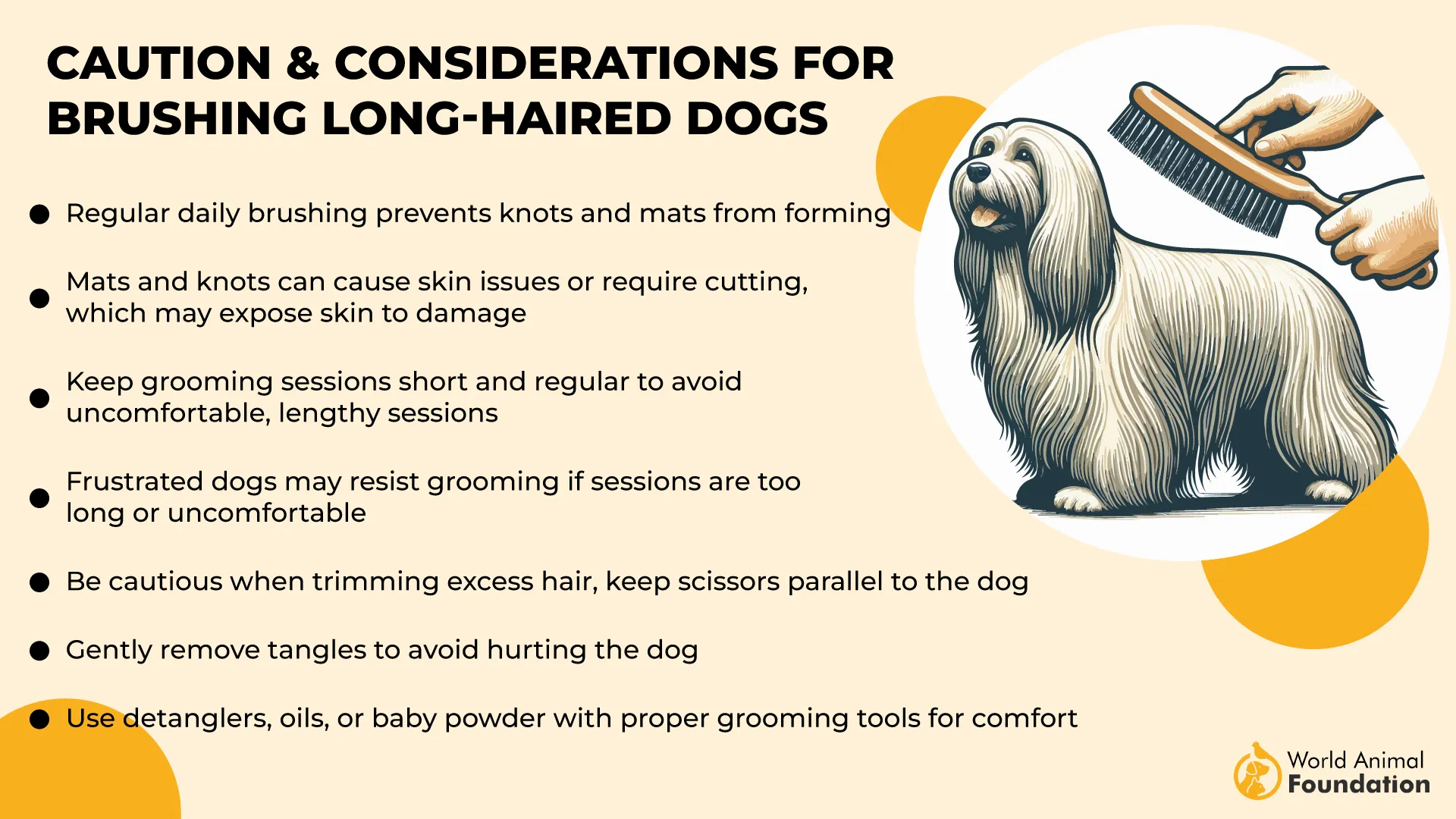
They thrive in calm, attentive environments and don’t fare well when left alone for extended periods. Due to their sensitivity to separation, they’re most suitable for owners with flexible schedules or those working from home.
Fun Fact: During the Renaissance, Italian nobles often gifted Bolognese puppies to other elite families as a sign of honor and affection.
5. Kromfohrlander
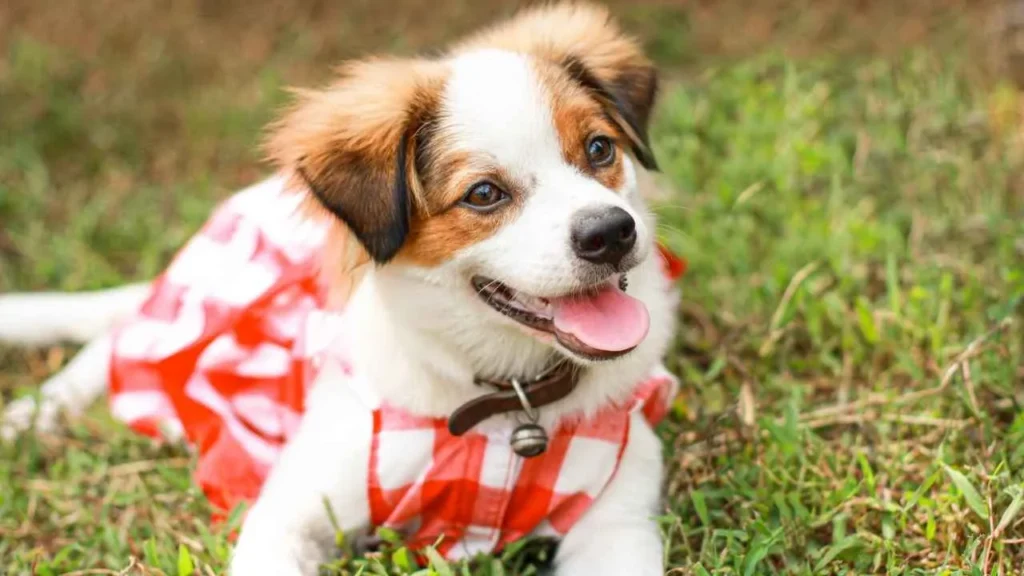
Pronounced “krome-for-lahn-dair,” the Kromfohrländer is a rare and endearing breed that originated in Germany during the 1940s. Its name is derived from the Krom Fohr region of Siegerland, and it is believed to have descended from a stray dog found by American soldiers in World War II.
A cross between a fox terrier and a Griffon-type breed, this medium-sized companion dog typically stands 15 to 18 inches tall and weighs between 20 and 30 pounds. With a lifespan of up to 17–18 years, the Kromfohrländer is affectionate, expressive, and loyal, often forming deep bonds with one person in the household.
It comes in two distinct coat types: wire-haired with a bearded muzzle, and smooth-haired with long, soft fur and a clean face.
Care Needs
This breed is notably low-maintenance, especially the smooth-haired variety, which requires only occasional brushing. However, more frequent grooming may be needed during seasonal shedding. The Kromfohrländer is known for having little to no “dog smell” and generally keeps quite clean.
Moderate daily exercise, indoor play, and mental stimulation are sufficient to meet its energy needs, making it well-suited for apartment life.
Fun Fact: The Kromfohrländer is famous for its expressive “smile” and unique habit of sneezing as a cheerful greeting.
6. Japanese Chin
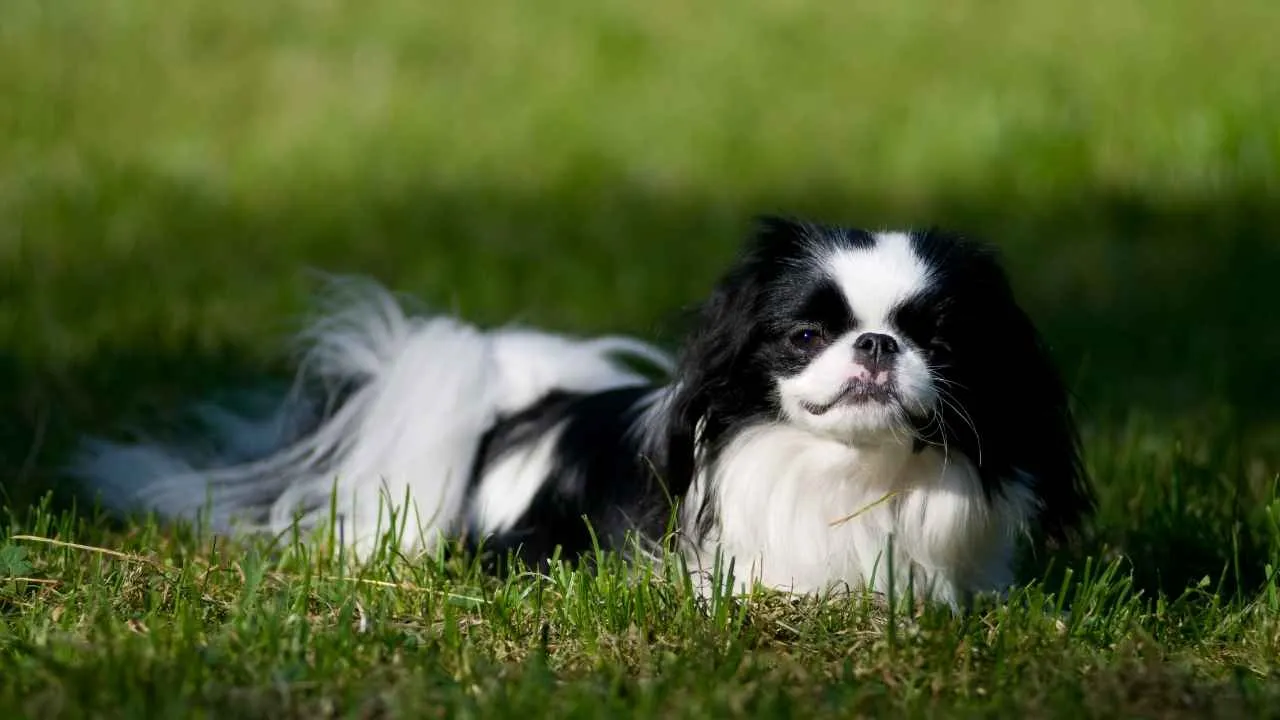
The Japanese Chin, often simply called the “Chin,” is a toy breed renowned for its graceful charm and aristocratic poise. Originating from ancient China or Korea and refined in Japan over centuries, this breed was a treasured companion of nobility, so much so that commoners were once forbidden from owning one.
These dainty dogs stand about 8 to 11 inches tall and weigh between 4 to 11 pounds. Their silky, feathered coat, plumed tail, and expressive, round eyes give them a regal, almost feline appearance.
Their behavior, too, is catlike—graceful, fastidious, and quiet, with a playful and quirky personality that keeps owners amused. They belong to the Toy Group and live an average of 10 to 12 years.
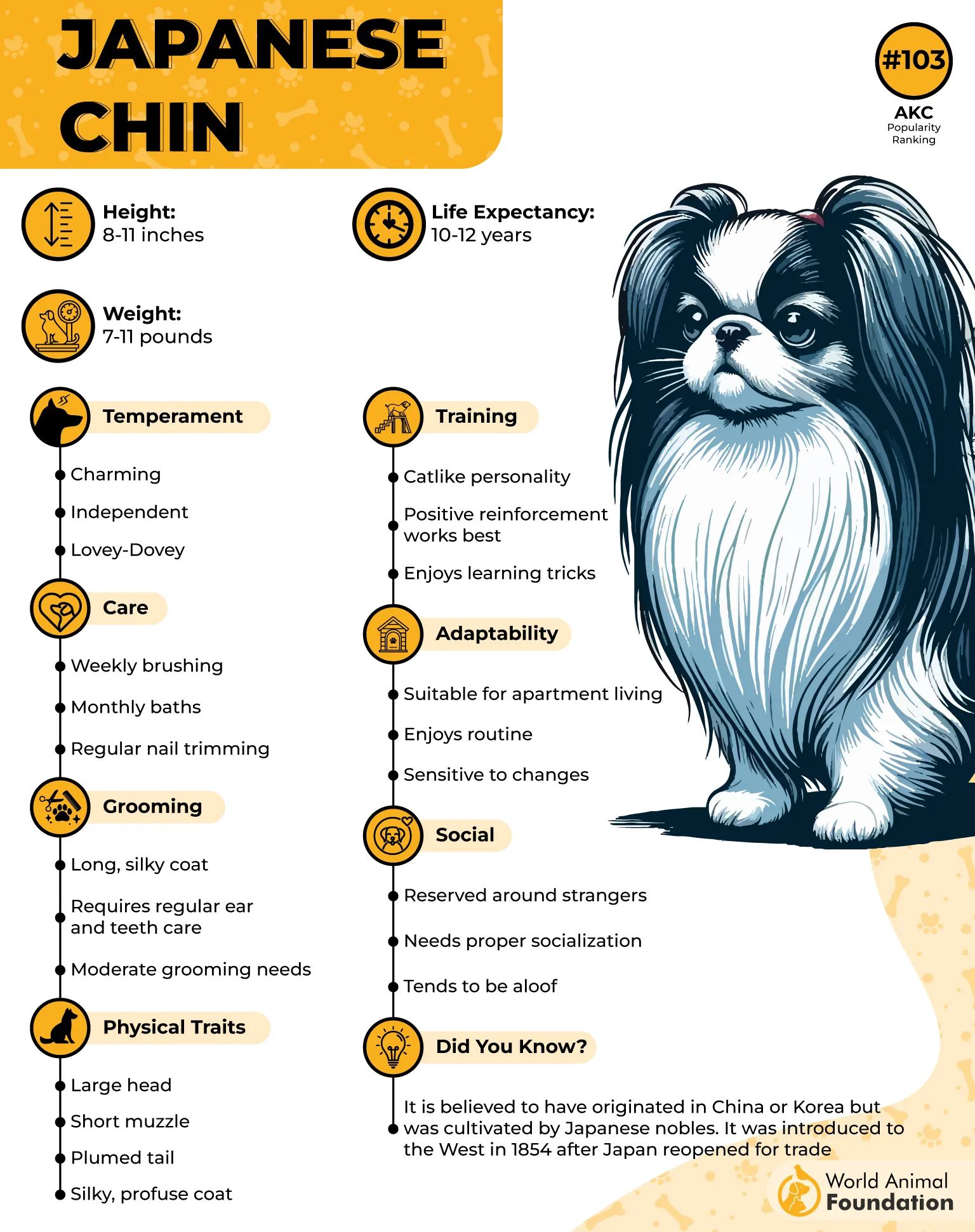
Care Needs
While the Japanese Chin doesn’t require intense exercise, it thrives on daily companionship and moderate play. Grooming is essential to maintain their flowing coat—weekly brushing, along with occasional baths and ear cleaning, will keep them in top form.
They adapt beautifully to small-space living and are known for being quiet and sensitive. Due to their small size and delicate build, supervision with small children is recommended.
Fun Fact: Queen Alexandra of England once owned an astounding 261 Japanese Chins, highlighting their popularity among royalty.
7. Lowchen
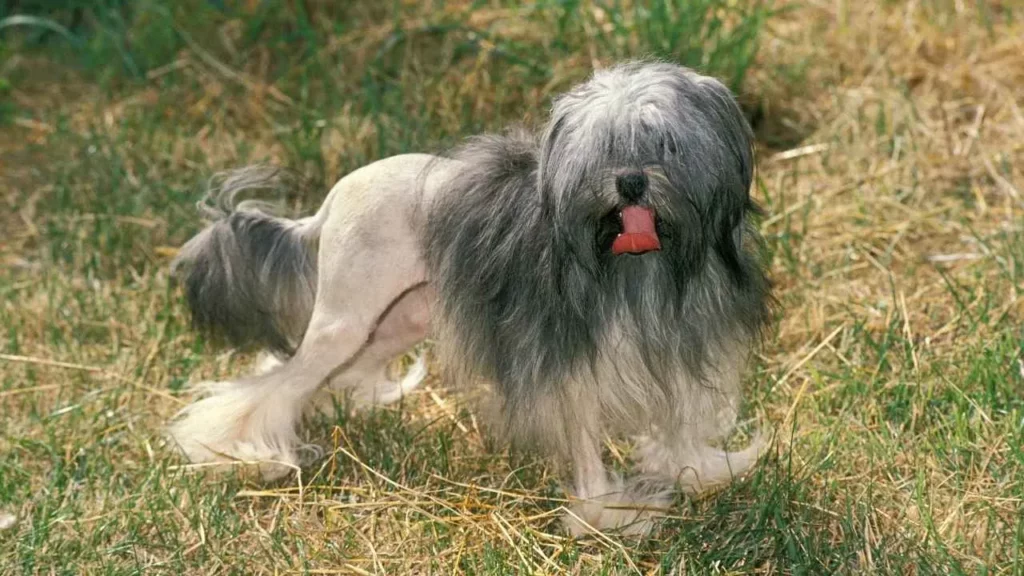
The Löwchen, or “Little Lion Dog,” is a rare and centuries-old companion breed beloved for its charisma and courage. Standing just over 12 inches tall and weighing around 9 to 18 pounds, this compact dog fits comfortably into apartment living. They are one of the best apartment dogs.
With a lifespan of approximately 13 to 15 years, the Löwchen offers lasting companionship in a small, elegant package. Its traditional “lion clip” gives it the appearance of a miniature lion—complete with a full mane, bare hindquarters, and a feathered tail.
Thought to be part of the Bichon family, the breed’s origins remain debated, with claims of roots in both France and Germany. Historically treasured among European aristocrats, the Löwchen once held the title of rarest dog in the world.
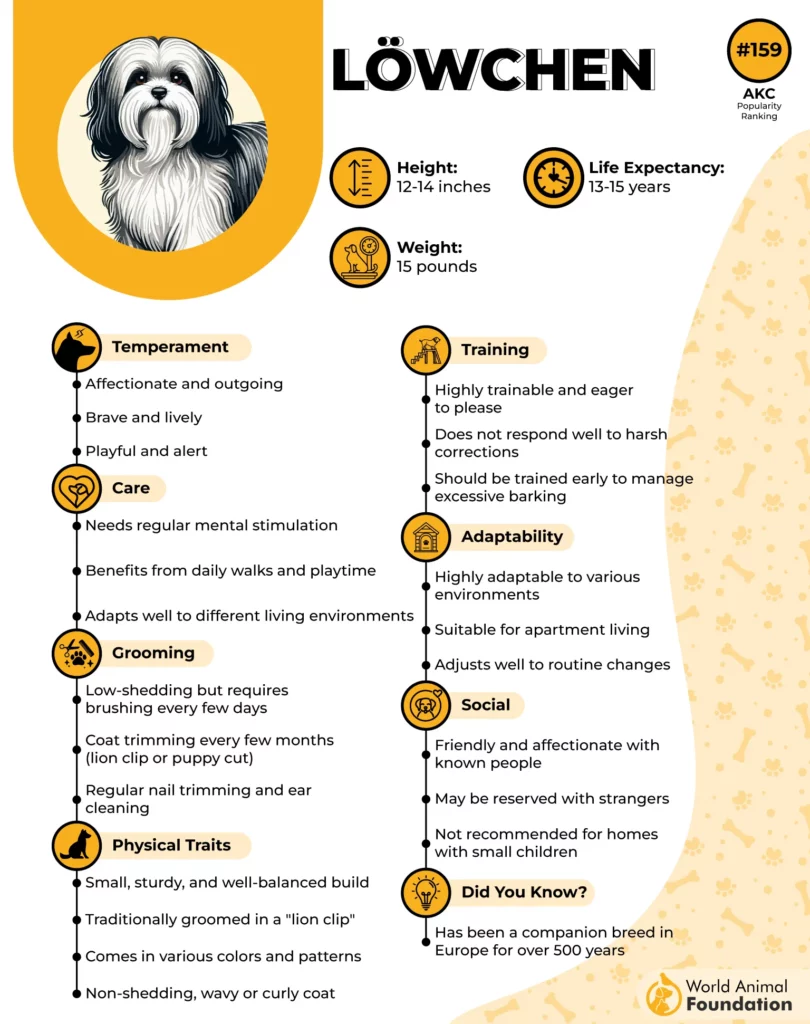
Care Needs
Despite its lavish appearance, the Löwchen’s coat is surprisingly low-maintenance. Weekly brushing and occasional trims keep it neat and tangle-free.
These dogs thrive on companionship and may become anxious if left alone for long periods, making them ideal for owners who work from home. They require moderate exercise—short daily walks and indoor play usually suffice—and are known for being easy eaters with minimal health concerns.
Fun Fact: In 1969, the Löwchen was declared the rarest dog in the world, with only 40 known individuals in existence.
Conclusion
Living in an apartment doesn’t mean you have to compromise when it comes to choosing the right dog. Rare breeds like the Löwchen, Coton de Tulear, and Schipperke prove that personality, charm, and adaptability often come in unexpected packages. These compact companions, whether categorized as toy dogs or small non-sporting breeds, are not only well-suited for tight spaces but also bring unique character to the home. They tend to get along with other pets, thrive on human companionship, and can easily be managed with guidance from a skilled dog trainer.
While popular apartment breeds like the French Bulldog, Boston Terrier, and Yorkshire Terrier are always dependable options, rarer choices offer a special flair. For example, the playful Affenpinscher, often nicknamed the “monkey dog”, or the affectionate Cavalier King Charles Spaniel make excellent family pets. And while large dogs like the Bernese Mountain Dog may seem ill-suited for apartment life, some are relatively active dogs who adjust well with daily exercise. Ultimately, whether you prefer active dogs or more mellow companions, there’s a rare breed ready to make your apartment feel like home.


